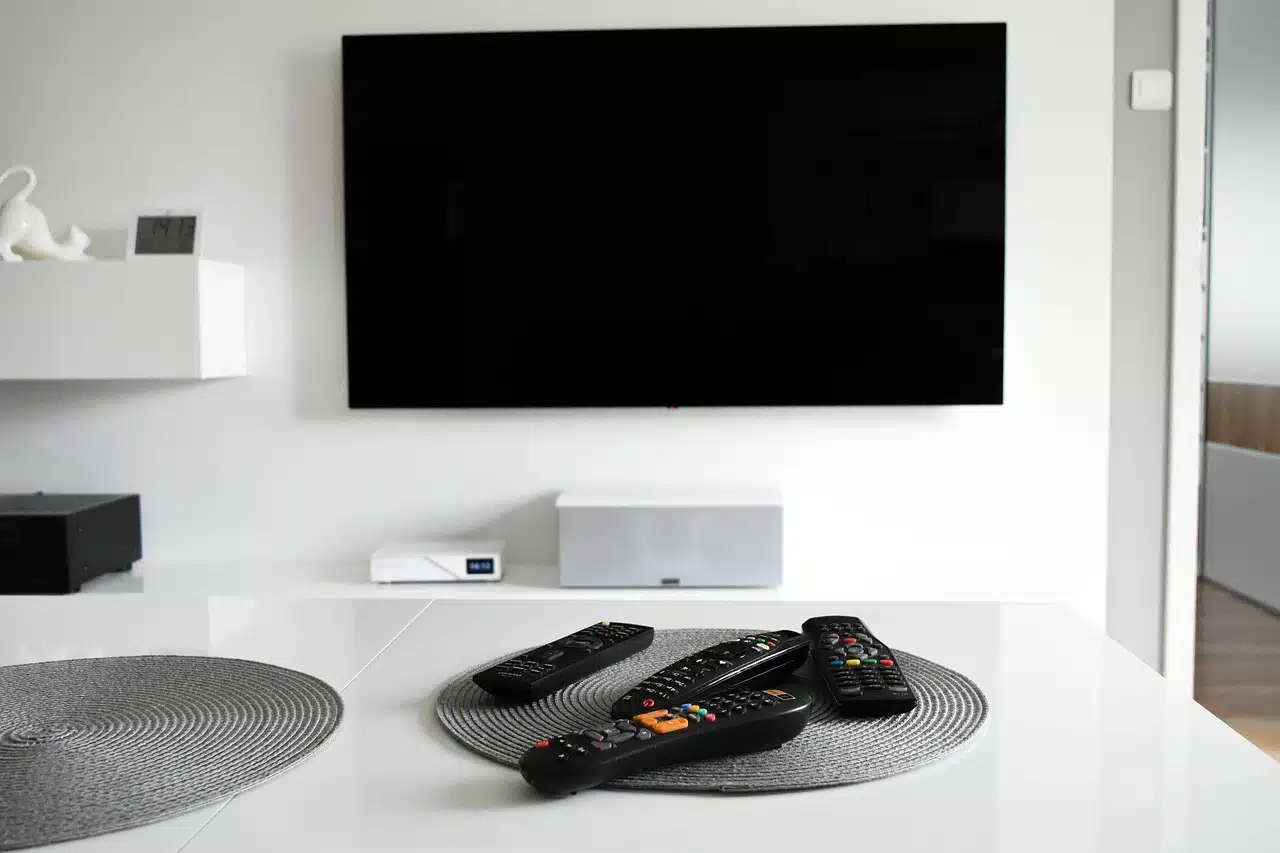
An amplifier is a device that allows the magnitude of sound to be increased.
Amplifier is that which amplifies (expands, dilates, extends, increases the intensity of a physical phenomenon). It can be said that an amplifier - a term derived from the Latin amplifiātor - is a device that uses energy to magnify the amplitude of a phenomenon .
The most common use of the term is linked to the device that increases the magnitude of sound . Amplifiers allow electric guitars to emit sounds, since this instrument does not have a sound box but instead the strings vibrate on an electromagnetic capsule and these vibrations are amplified.
Musical instrument amplifiers
Musical instrument amplifiers , therefore, function as an interface that allows the emission of sound. Through its operation it is possible to add various effects, such as distortions.
For example: “I would like to have an amplifier similar to the ones Eric Clapton uses in his live performances,” “This afternoon I couldn't practice with my guitar because my amplifier broke,” “I want a small amplifier without too much power.” because I live in an apartment and I can't play my bass very loud.”
Televisions and radios also have an amplifier, incorporated into their structure. The amplifier can be operated using buttons or knobs that allow you to vary the intensity of the sound.

Televisions have built-in amplifiers.
Classification according to type
There are various types of electronic and physical amplifiers, such as operational amplifier , differential amplifier , power amplifier , isolation amplifier , instrumentation amplifier , light amplifier , power amplifier and optical amplifier . Each one fulfills a specific function although it repeats the logic that consists of increasing the intensity of a phenomenon.
An operational amplifier or, simply, op-amp , is known as an electronic device that has one output and two inputs, is high gain and is DC coupled. Typically, their output is much greater than the potential difference their inputs have, as much as several hundred thousand times.
The differential amplifier , on the other hand, has the ability to amplify the difference that exists between two input voltages, although it eliminates all those that are common to both inputs. It is an analog circuit and its inputs are called inverting and non-inverting . Regarding its output, it is generally proportional to the difference between the input voltages.
Other types of amplifiers
With the power amplifier you can process signals and make modifications to electromechanical bases, in addition to denying signals. Those of lesser complexity are linear. There are also bipolars , which can be used for a linear or switching application, although their speed is lower and they can suffer from what is known as second breakdown , which happens when the current is distributed non-uniformly at the junction of the transistor. exit.
Another of the types of amplifier mentioned above is the isolation amplifier, which is created to isolate a pair of circuits electrically. The peculiarity is that despite this, they are allowed to pass information to each other. This may seem contradictory but it is very advantageous if the circuits receive supplies at different voltages , if they are located at a great distance, if their reference differs or if you want to use them for a biomedical electronics project.
The instrumentation amplifier is one that is created from operational amplifiers to achieve a high input impedance and a high common mode rejection factor. Some models are manufactured encapsulated, while others are made from discrete components. Simply put, its working operation is to subtract the inputs and then multiply the result by a given number. It is usually used with devices whose signals have very little power .
